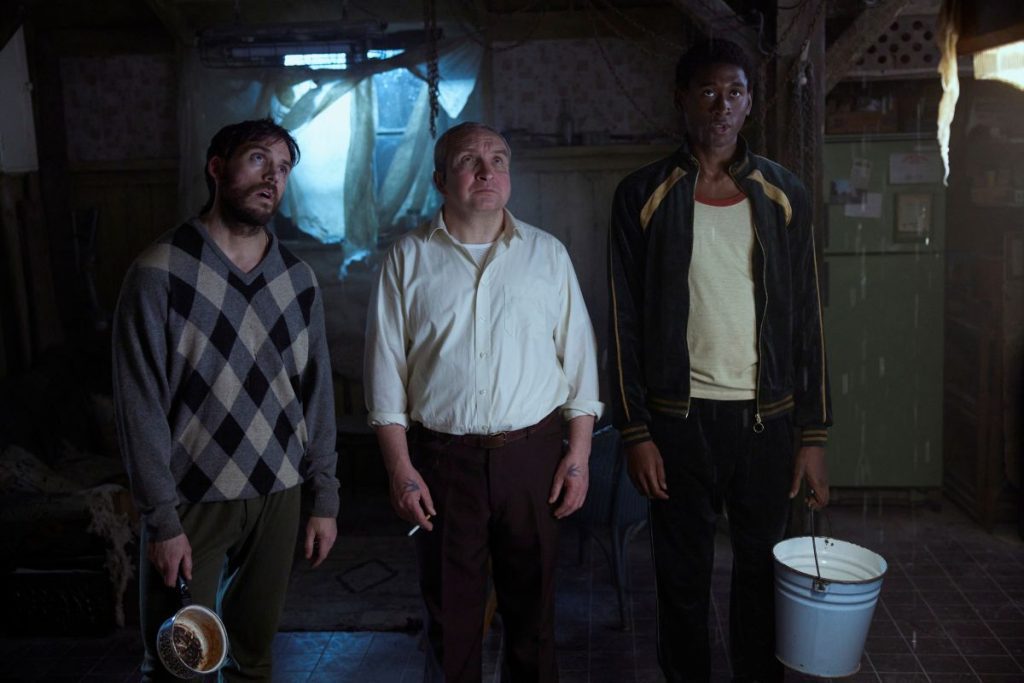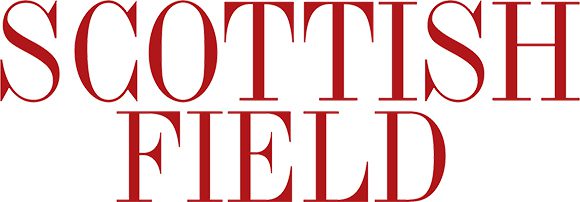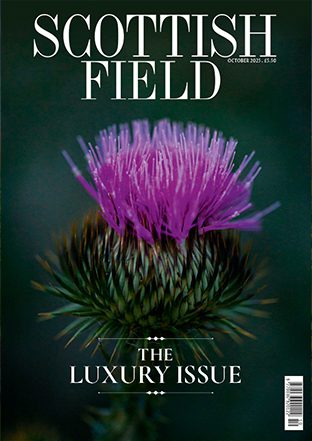
Review, All the Devils Are Here: ‘The violence is graphic and the threat of more never lets up’
Barnaby Roper’s British thriller All the Devils are Here wastes no time in setting its mood: the violence is graphic and the threat of more never lets up, says Holly Roberts.
What follows plays out like Reservoir Dogs relocated to Uncle Monty’s Penrith cottage: a gang of criminals, fresh from a bloody money heist, are instructed to lie low in a remote grotty safe house. With little to distract them, plentiful alcohol and brewing suspicions, the atmosphere quickly curdles.
The characters are sharply drawn archetypes: the jaded pro, the innocent youth out of his depth, the simmering psychopath and the mysterious wild card.
As plumbing explodes, electricity fails and food runs low, paranoia simmers close to the surface. Roper uses these confines well, crafting a grubby claustrophobic tension that lingers.
The question of how men pass time when trapped together provides some of the film’s most unsettling moments: one reads Dickens, another renders himself unconscious with drugs, a third hones his knife skills with a game of hand roulette.
And always the sense of menace and a reminder that violence is never far away. When it comes, it’s not palatably choreographed but brutal and blunt-force.
Performances are excellent, with Eddie Marsan, Sam Claflin, Burn Gorman and Tienne Simon keeping this lean film bristling with unease.
All the Devils are Here is due for UK release in September.
Alayo Akinkugbe & Zarina Muhammad: Rewriting Art History at the Edinburgh International Book Festival was a thought-provoking discussion, says Holly Roberts.
Led by Tomiwa Folorunso the conversation explored how art is taught and sold to us, and what alternatives might exist.
Akinkugbe’s debut, Reframing Blackness: What’s Black about ‘History of Art’?, updates the traditional history of art from a Black perspective.
Muhammad, half of the radical reviewing duo The White Pube, drew on Poor Artists (co-authored with Gabrielle de la Puente), a genre-defying tale of art as endured by artists.
Interestingly, both authors distanced themselves from the event’s official title. They stressed that their work is not about ‘rewriting’ art history but about recognising what has been left out and encouraging new perspectives.
The authors converged on the same challenge: how to loosen the grip of the art world’s establishment and imagine new spaces for art to thrive.
Both circled back to the same concerns: the barriers and frustrations facing those deemed outsiders, the institutions that act as unelected gatekeepers and a keen desire to make art accessible.
This was a session that unsettled in the best way, leaving the audience to question who has shaped and influenced their own knowledge of art.
Read more Fringe Reviews here.
Subscribe to read the latest issue of Scottish Field.
TAGS

